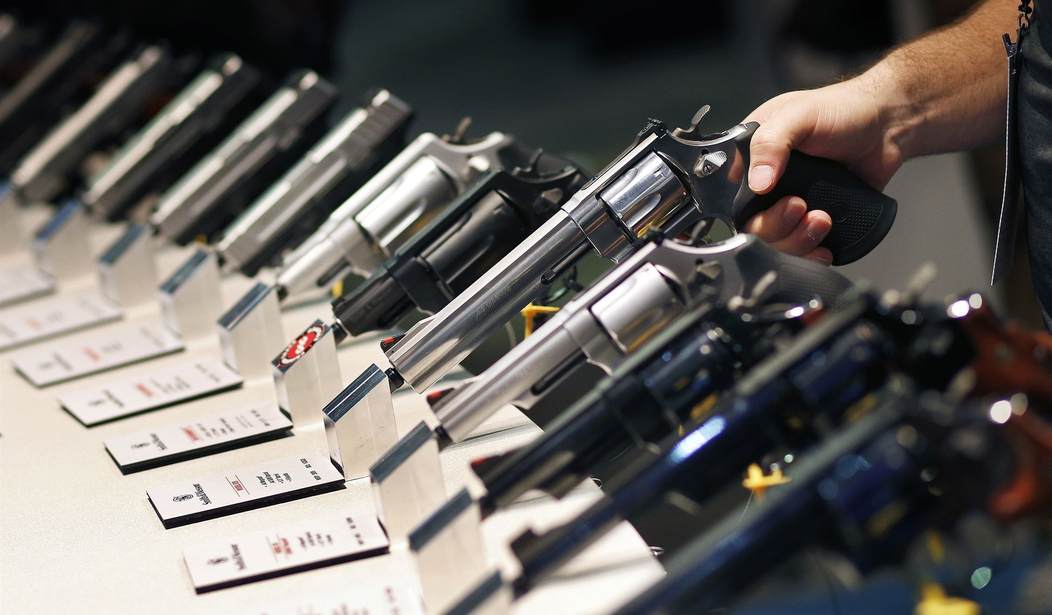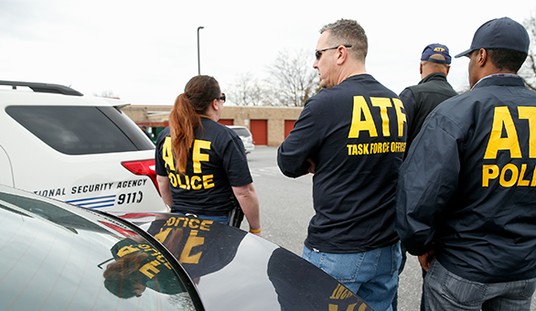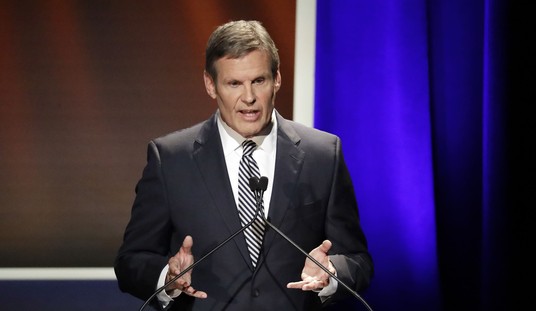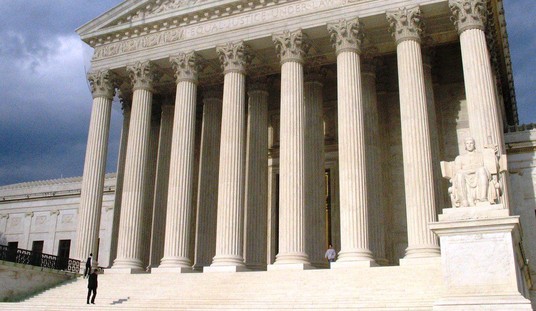There’s a debate about good guys with guns, believe it or not.
While we all know that a good guy with a firearm in the right place at the right time, one with the will to act, can change everything. We saw that at Greenwood Park as a prime example.
Yet opponents of the Second Amendment routinely claim that such people rarely make much of a difference in shootings. They even point to FBI data that says as much.
However, as John Lott explains at Real Clear Investigations, it happens a lot more than the FBI likes to claim.
While Dicken was praised for his courage and skill – squeezing off his first shot 15 seconds after the attack began, from a distance of 40 yards – much of the news coverage drew from FBI-approved statistics to assert that armed citizens almost never stop such attackers: “Rare in US for an active shooter to be stopped by bystander” (Associated Press); “Rampage in Indiana a rare instance of armed civilian ending mass shooting” (Washington Post); and “After Indiana mall shooting, one hero but no lasting solution to gun violence” (New York Times).
Evidence compiled by the organization I run, the Crime Prevention Research Center, and others suggest that the FBI undercounts by an order of more than three the number of instances in which armed citizens have thwarted such attacks, saving untold numbers of lives. Although those many news stories about the Greenwood shooting also suggested that the defensive use of guns might endanger others, there is no evidence that these acts have harmed innocent victims.
“So much of our public understanding of this issue is malformed by this single agency,” notes Theo Wold, former acting assistant attorney general in the U.S. Department of Justice. “When the Bureau gets it so systematically – and persistently – wrong, the cascading effect is incredibly deleterious. The FBI exerts considerable influence over state and local law enforcement and policymakers at all levels of government.”
…
The FBI defines active shooter incidents as those in which an individual actively engages in killing or attempting to kill people in a populated, public area. But it does not include those it deems related to other criminal activity, such as a robbery or fighting over drug turf.
The Bureau reports that only 11 of the 252 active shooter incidents it identified for the period 2014-2021 were stopped by an armed citizen. An analysis by my organization identified a total of 281 active shooter incidents during that same period and found that 41 of them were stopped by an armed citizen.
That is, the FBI reported that 4.4% of active shooter incidents were thwarted by armed citizens, while the CPRC found 14.6%.
Now, that’s a huge difference. As Lott notes, the actual number is three times as much as reported.
How can that happen? Well, Lott explains:
Two factors explain this discrepancy – one, misclassified shootings; and two, overlooked incidents. Regarding the former, the CPRC determined that the FBI reports had misclassified five shootings: In two incidents the Bureau notes in its detailed write-up that citizens possessing valid firearms permits confronted the shooters and caused them to flee the scene. However, these cases were not listed as being stopped by armed citizens because the attackers were later apprehended by police. In two other incidents the FBI misidentified armed civilians as armed security personnel. In one incident, the FBI simply failed to mention the citizen engagement at all.
Now, is this inability to get it right with regard to good guys with guns the result of simple mistakes by the FBI or something more nefarious?
Well, part of the issue is that the FBI compiles the data provided to them. Inaccurate data leads to inaccurate results. It’s just that simple.
However, some of the instances being compiled are high-profile events. That means those compiling the data should have been familiar with the incident–the church shooting in White Settlement, TX, for example–and perhaps dug a little deeper.
They didn’t.
Maybe they’re not allowed to. Who knows?
Either way, though, the number of mass shootings stopped by good guys with guns is significantly higher than has been reported.
That raises a question, though. Why isn’t that number higher? Nearly 15 percent is still low. With so many guns in private hands in this country, why isn’t it higher?
The answer is that while we do have more guns in private hands than we have people—and some of us are rather proud of that fact–we don’t always have guns on hand at a time like that, either due to the law or some other factor.
Good guys with guns can’t stop shootings if they don’t have the guns.
Most mass shootings take place in gun-free zones, after all. That minimizes the potentiality of a good guy stopping a bad guy.
Greenwood Park had been gun-free up until the law changed, allowing an armed citizen to carry his firearm lawfully, saving an untold number of lives. Unfortunately, that’s not universal. Many places are targeted specifically because there’s little chance of an armed citizen.
So that’s why the numbers aren’t orders of magnitude higher.
But they’re still far higher than the FBI has reported. Good guys with guns save lives. We just need more of them in more places.








Join the conversation as a VIP Member